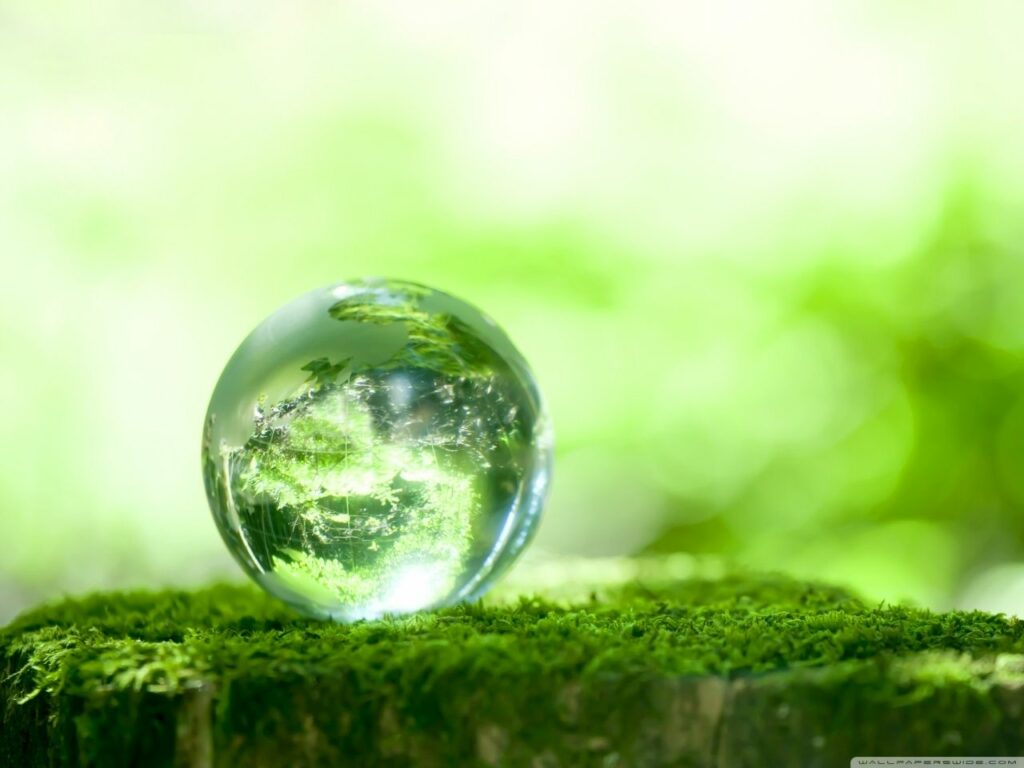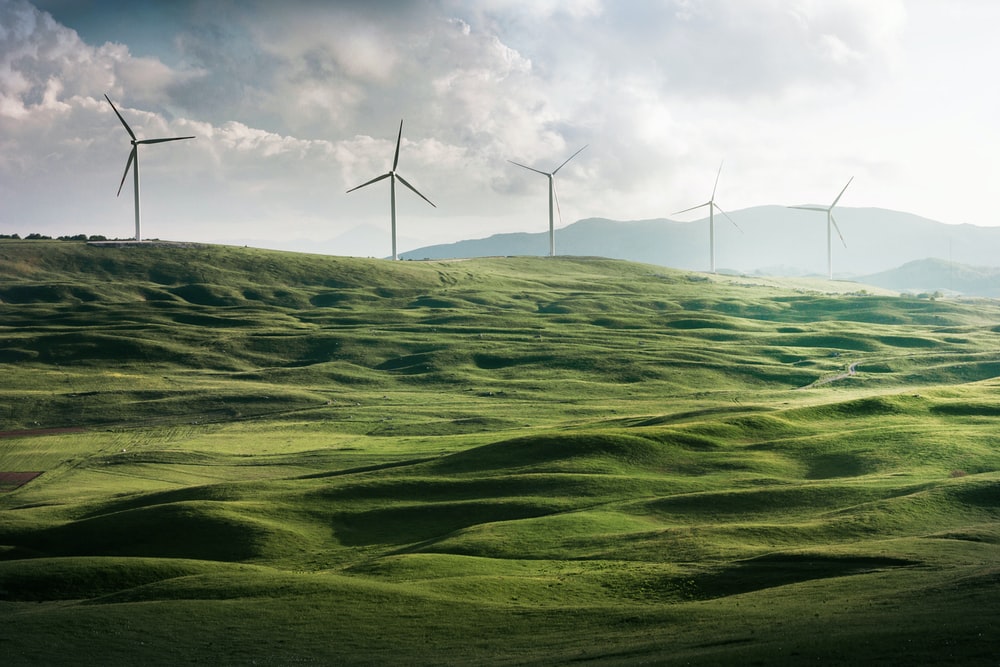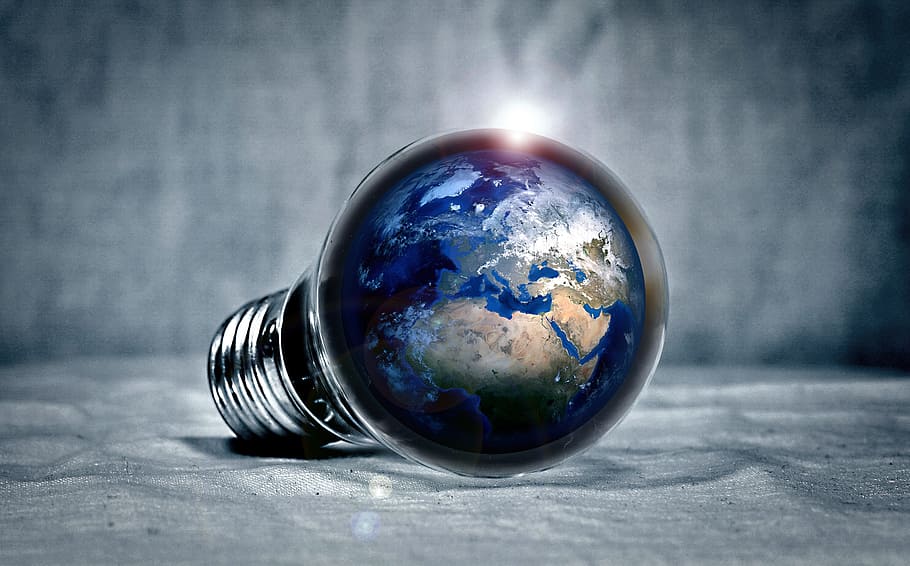The National Energy Conservation Day is being celebrated every year on December 14 since 1991. The Bureau of Energy Efficiency (BEE), under the Ministry of Power, spearheads the celebrations every year.
Every year on the 14th of December, Indians around the country commemorate National Energy Conservation Day. In 2002, Ministry of power, Govt of India implemented the Energy Conservation Act. The Bureau of Energy Efficiency is a constitutional entity within the Government of India that assists in the creation of energy-saving policies and programs.
What Is Energy Conservation?
In India, National Energy Conservation Day is observed to raise awareness about the significance of energy and the need of saving or conserve energy by using less energy. The most accurate method of energy conservation is to utilize less energy by minimizing energy waste. To store energy for future use, it is critical to use it effectively. To have a greater impact on the energy conservation strategy, energy conservation should be embedded in every human being’s behaviour.

Activities taken up
BEE recognizes and encourages the endeavours of industries in reducing energy consumption by complimenting them with the National Energy Conservation Awards. BEE also awards prizes to the national winners of the annual National Painting Competition on Energy Conservation.
Objectives of National Energy Conservation Day
- Every year, National Energy Conservation Day is commemorated with a specific theme and a set of aims and objectives to make energy conservation more successful throughout the country. The following are some of the most essential objectives:
- It is commemorated to send a message to the public about the need of saving energy in all aspects of life.
- Organizing a variety of activities around the country, such as seminars, conferences, debates, workshops, contests, and so on, to promote the energy conservation process.
- Encourage consumers to use less energy by ignoring excessive and inefficient consumption.
- Encourage individuals to utilize energy efficiently in order to reduce consumption and prevent energy loss.
Any activity that leads to the use of less energy is referred to as energy conservation. Conserving energy may be as simple as turning off lights when leaving a room and recycling aluminium cans. It differs from the word “energy efficiency,” which refers to the use of technology that uses less energy to accomplish the same assignment. Energy efficiency is demonstrated by using a Light-Emitting Diode (LED) or Compact Fluorescent Light (CFL) light bulb that uses less energy to create the same amount of light as an incandescent light bulb. The Energy Conservation (EC) Act was passed in 2001 with the purpose of lowering the Indian economy’s energy intensity. The Bureau of Energy Efficiency (BEE) was established as a statutory entity at the federal level in 2002 to aid in the execution of the Energy Conservation Act.
The Energy Conservation Act of 2001 (ECA)
The Act specifies regulatory requirements for equipment and appliance standards and labelling, commercial building energy conservation rules, and energy consumption standards for energy-intensive sectors.
National Energy Conservation Awards
These awards are endowed by prominent dignitaries of the Indian government to industries, buildings, transportation, and institutions, as well as Energy Efficient Manufacturers, to acknowledge their innovation and accomplishments in energy saving. The awards were initially given out on December 14, 1991, which is now known as “National Energy Conservation Day” across the country.
Schemes to Promote Energy Conservation and Energy Efficiency
PAT Scheme, Standard and Labeling, Energy Conservation Building Codes, and Demand Side Management are among the policies and enterprises implemented by the Ministry of Power via the BEE.
PAT System
The Perform Achieve and Trade Scheme (PAT) is a market-based system for improving the cost-effectiveness of energy efficiency improvements in energy-intensive businesses by certifying energy savings that may be exchanged. It’s part of the National Mission for Enhanced Energy Efficiency (NMEEE), one of the National Action Plan on Climate Change’s eight missions (NAPCC).
Standards and Labeling
The program began in 2006 and is currently used for items such as Room Air Conditioners (Fixed/Variable Pace), Ceiling Fans, Color Televisions, Computers, Direct Cool Refrigerators, Distribution Transformers, Domestic Gas Stoves, General Purpose Industrial Motors, LED Lamps, Agricultural Pumpsets, and so on. It permits the consumer to make an educated decision regarding the energy-saving and hence cost-saving potential of the offered product.
Energy Conservation Building Code (ECBC)
It was created in 2007 for new commercial structures. For new commercial buildings with a connected load of 100kW(kilowatt) or agreement demand of 120 KVA (kilovolt-ampere), the ECBC establishes minimum energy criteria. BEE has also completed a voluntary Star Rating Program for buildings that are based on a building’s real performance in terms of energy use across its area expressed in kWh/sq. m/year.
The Buildings where ECBC is applicable are :
- Large Commercial Buildings
- Office Buildings
- Large Amenity Buildings
- IT Parks
- Government Buildings
- Hospitals
- Retail Malls
- Hotels
- Major Residential Buildings
Demand Side Management
DSM refers to the selection, planning, and implementation of initiatives aimed at influencing the demand side of the electric meter, often known as the customer side. Similarly, the establishment of Energy Conservation Guidelines and a State Energy Efficiency Preparedness Index has been praised by several industries and states for more efficiently managing energy efficiency programs. Goa will host India’s first convergence project to create green energy for rural and agricultural use.

Global Efforts
International Energy Agency
It collaborates with governments all across the world to specify energy policies that will ensure a stable and long-term future. India is an associate nation rather than a member country. To demonstrate the considerable benefits of energy-efficient lighting, the IEA and Energy Efficiency Services Ltd. (EESL – Ministry of Power) cooperated on a case study on the Indian Government’s residential efficient lighting initiative.
Sustainable Energy For All
It is an international organization that collaborates with the United Nations, government leaders, the private sector, financial institutions, and civil society to accelerate progress toward the achievement of Sustainable Development Goal 7 (SDG7), which calls for all people to have access to affordable, reliable, sustainable, and modern energy by 2030, in accordance with the Paris Climate Agreement.
Paris Agreement
It is an international pact on climate change that is legally binding. Its objective is to keep global warming considerably below 2 degrees Celsius, ideally 1.5, relative to pre-industrial levels. India has promised to lower its energy intensity (units of energy used per unit of GDP) by 33-35 percent by 2030, relative to 2005 levels, as part of the Paris Agreement.
Renewable energy souresces
- Biomass. Wood and wood waste. Municipal solid waste. Landfill gas and biogas. Ethanol. Biodiesel.
- Hydropower.
- Geothermal.
- Wind.
- Solar.
Mission Innovation
It is a worldwide program to promote renewable energy innovation led by 24 nations and the European Commission (on behalf of the European Union). India is one of the member countries.
Conclusion
Citizens’ high aspirations to live and work in pleasant air-conditioned areas with convenient appliances would result in a multifold rise in energy use. To reduce future energy demand, a method to change the path of energy use behavior through energy efficiency programs is required. It is critical for India to advocate for the Nearly Zero Energy Buildings (NZEB) initiative to be expanded to all sectors of the building industry.
The goal of this initiative is to create a framework for traditional structures to complete low energy consumption per square foot. In addition, the Electricity Act will be amended, which would result in several policy changes in India’s electricity industry. The installation of smart meters is one of the primary projects as a solution to difficulties such as low billing efficiencies leading to revenue losses, significant transmission and distribution losses, power usage monitoring, and so on. The rapid installation of smart meters can help India in conducting large-scale energy-saving actions. Adopting an energy-efficient lifestyle would help to improve India’s energy system for the better. One of the most cost-effective ways to achieve a low-carbon transition is to improve energy efficiency.
Tags: Energy Conservation Day, conserve energy, energy efficiency, global warming, Nearly Zero Energy Buildings.

